Use quality ingredients, regular sampling, proper storage
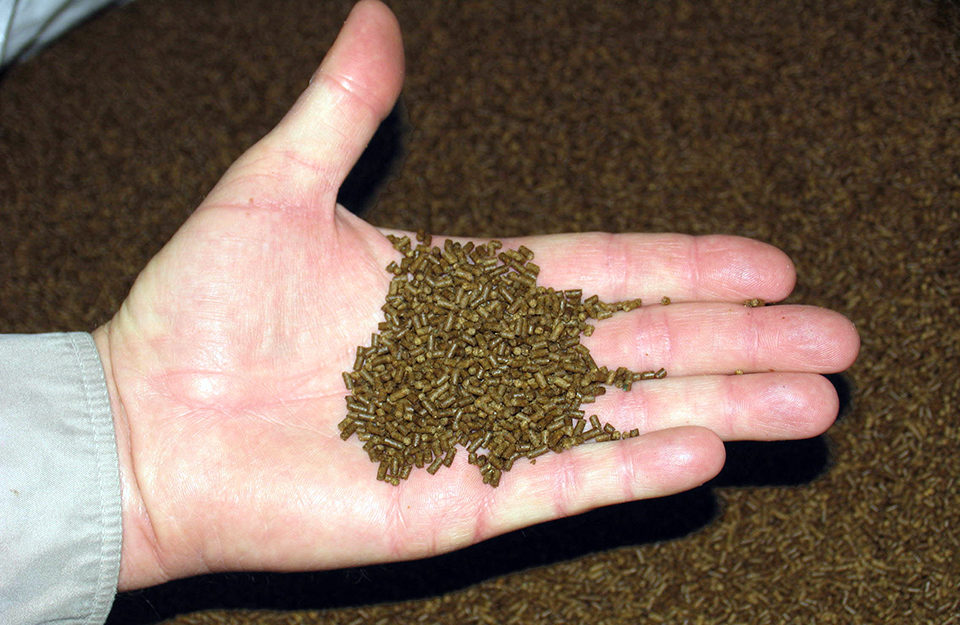
As fish nutritionists become more reliant on plant ingredients to formulate fish diets, the challenges of mycotoxin contamination and related effects on aquaculture species become more relevant. Mycotoxins are naturally occurring, toxic chemical compounds produced by filamentous fungi (molds). Mycotoxin-producing molds can infect agricultural crops, particularly cereals and oilseeds, during crop growth and harvest, as well as during storage, processing and feeding. Such compounds, when ingested, can produce toxic syndromes referred to as mycotoxicoses.
The Food and Agriculture Organization of the United Nations estimates that approximately 25 percent of the world’s crops are affected by mycotoxin contamination each year. Occurrence and concentrations vary by year because of variations in weather conditions and plant stresses known to affect mycotoxin formation. Additionally, specific conditions for mold growth and mycotoxin production vary among different types of mold.
Mycotoxins: complex, varied
Mycotoxin concerns in aquaculture are not new. Since the early 1960s, researchers and producers from around the world have documented challenges related to mycotoxins in commercial fish hatcheries. The depth of knowledge on the impacts of mycotoxins on aquaculture are, however, somewhat limited.
Research data on the toxicological impacts of mycotoxins in relevant aquaculture species is relatively strong, but most of the early work on fish has been related to toxicological models in which fish were used to evaluate general toxicological pathways. Therefore, much of this data has little application to commercial fish and shrimp operations, where some animals may consume feed contaminated with multiple toxins. Furthermore, the variety of aquaculture species, the complex feed ingredient lists and different culture environments make understanding mycotoxin issues in aquaculture a daunting task.
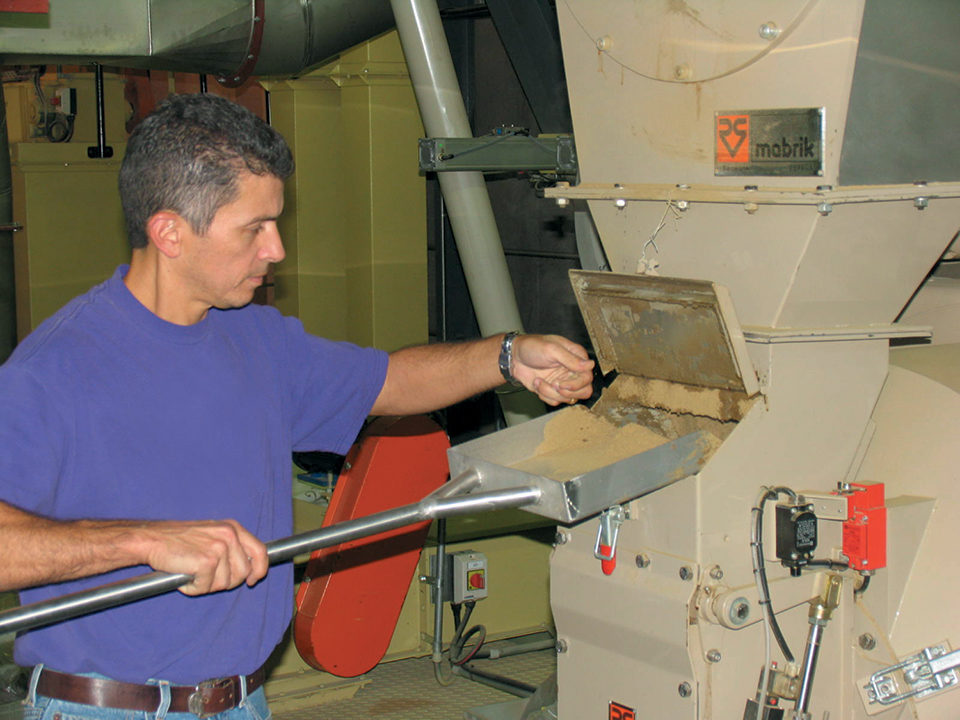
Effects
In agricultural livestock, mycotoxin contamination of feeds and their ingestion affect growth, milk production, egg production, reproduction and immunity. Similarly, in aquaculture production, mycotoxins can affect growth, reproduction and immunity.
There are three primary mechanisms by which mycotoxins exert their effects. First, there is an alteration in the content, absorption and metabolism of nutrients. Second, there can be changes in endocrine and neuroendocrine functions. Third, and most importantly, there is a suppression of animals’ immune systems.
Based on these mechanisms, it is apparent that most symptoms associated with mycotoxicosis are quite general, and diagnosis is complex. Furthermore, secondary challenges resulting from opportunistic disease related to the suppression of the immune system due to mycotoxin exposure can further complicate diagnoses and severely impact production and profit.
To effectively recognize mycotoxicosis, experience with mycotoxin-affected animals is highly important. This experience, combined with adequate feed and tissue analyses, makes for the most accurate diagnosis of mycotoxicosis.
Feed sampling
Adequate sampling of feeds plays an important part in the proper diagnosis of mycotoxicoses. Proper sampling is crucial because of the uneven distribution of molds and mycotoxins in feeds and the large variability associated with sampling, subsampling and extraction for analysis.
It’s important to note that the presence of mold does not automatically indicate the presence of mycotoxins, but if molds are present, and the proper conditions exist, there is a potential for mycotoxin production. Conversely, the absence of molds does not guarantee the absence of mycotoxin, because the toxin can be present long after the mold is no longer viable.
In most cases, the production of high-quality aquaculture feeds requires processing into steam-compressed or extruded pellets. In both of these cases, the introduction of steam and/or heated water increases the moisture content of the finished feeds.
Therefore, adequate manufacturing practices become quite important to minimize the moisture after pelleting in order to reduce the potential of mold growth during storage. Fish farming in hot, humid tropical and subtropical environments where feeds are exposed to both high moisture and high temperature can only exacerbate the issue of mold growth and mycotoxin contamination.
Mycotoxins of concern
Over 400 mycotoxins have been identified in scientific literature. Fortunately, only a few of these toxins occur with enough frequency and are toxic enough to be relevant to both livestock and aquaculture production worldwide. The main mycotoxins of concern are the aflatoxins, ochratoxin A, T-2 toxin, the fumonisins, deoxynivalenol and zearalenone. Other mycotoxins like monilifromin, cyclopiazonic acid, citrinin, sterigmotocystin and the penicillium-produced toxins like roquefortine, penicillic acid, pautilin, mycophenolic acid are not as well studied, but could potentially be important in different feeds and regions.
Since the discovery that mycotoxins affect performance and health, many methods to prevent, treat and reduce their effects have been studied. Prevention of mycotoxin formation by proper agronomic practices and selection of crop varieties that are more resistant to fungal foliar diseases can reduce fungal infection of crops. If problematic levels of mycotoxins occur, dilution or, preferably, complete removal of the contaminated feed is advisable, although this is often not possible or practical.
Feed additives
The inclusion of feed additives to reduce or prevent the detrimental effects of mycotoxins is a frequently utilized practice in the field. Several important classes of additives, including mycotoxin-sequestering agents, antioxidants, hepatoprotectants and gut environment modifiers, have been studied. Although research data supporting the benefits of these additives against chronic mycotoxicosis is limited, some important findings support their utilization.
Sequestering agents
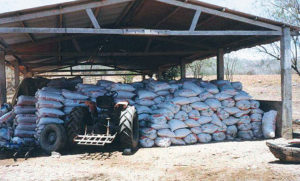
One of the most studied and effective methods of reducing the effects of mycotoxins is the inclusion of a mycotoxin-sequestering agent. Activated carbons, various mineral clays, yeast cell wall derivatives and other agents have been added to contaminated feeds in attempts to reduce or prevent mycotoxin exposure to animals.
An effective sequestering agent is one that tightly associates the mycotoxin or mycotoxins in contaminated feed without disassociating in the gastrointestinal tract of the animal. Therefore the toxin-binder complex passes through the animal and is eliminated via the feces. This prevents or minimizes exposure of animals to mycotoxins.
The following factors should be considered when selecting a mycotoxin sequestering agent:
- High level of specificity for mycotoxins.
- No interaction with minerals, vitamins and drugs.
- Low level of inclusion.
- Quality control (no contaminants).
- Stability over different pH values representative of the gastrointestinal tract.
- Scientifically tested in controlled in vivo studies.
Antioxidants, hepatoprotectants
The benefits of antioxidants and hepatoprotectants against mycotoxicosis have also been frequently studied. Supplementation with vitamins A and E, selenium and synthetic antioxidants like butylated hydroxytoluene and ethoxyquin have show benefits in both control and field situations.
Because of mycotoxins’ diverse chemistry, it seems unlikely that one solution would be effective against all mycotoxins or the combinations of mycotoxins commonly encountered in commercial feeds. Therefore, combinations of mycotoxin-sequestering agents with other feed additives that focus on reducing the impacts of these toxins on oxidative stress and gut health are better alternatives to minimize the detrimental effects.
Due to the limited knowledge of the metabolism of mycotoxins, it is difficult to conduct studies to determine the effectiveness of feed additives against mycotoxicosis. Future research should focus on the identification of mycotoxin animal biomarkers that would be important in monitoring and quantifying the effectiveness of specific treatments. Additionally, specific mycotoxin biomarkers will provide a valuable diagnostic tool.
Prevention
Prevention of mycotoxin contamination through procurement of high-quality/low-mycotoxin feeds and good storage practices is the most important tool for mycotoxin management programs. Preventive measures through the use of feed additives should be considered an important part of any mycotoxin prevention program.
Although research has made significant advances in the last 25 years, our knowledge of mycotoxins and their associated mycotoxicoses in aquaculture production is still limited. We must continue to gather information on the incidence of contamination in important geographical regions, and evaluate, in both research environments and in the field, the detrimental impacts of these feed contaminants. At the same time, we should further evaluate the benefits feed additives have on minimizing the impacts mycotoxins have on the profitability of aquaculture production.
(Editor’s Note: This article was originally published in the September/October 2010 print edition of the Global Aquaculture Advocate.)
Now that you've reached the end of the article ...
… please consider supporting GSA’s mission to advance responsible seafood practices through education, advocacy and third-party assurances. The Advocate aims to document the evolution of responsible seafood practices and share the expansive knowledge of our vast network of contributors.
By becoming a Global Seafood Alliance member, you’re ensuring that all of the pre-competitive work we do through member benefits, resources and events can continue. Individual membership costs just $50 a year.
Not a GSA member? Join us.
Authors
-
Duarte E. Diaz, Ph.D.
Novus International Inc.
20 Research Park Drive
St Charles, Missouri 63304 USA -
Craig L. Browdy, Ph.D.
Novus International Inc.
20 Research Park Drive
St Charles, Missouri 63304 USA
Tagged With
Related Posts
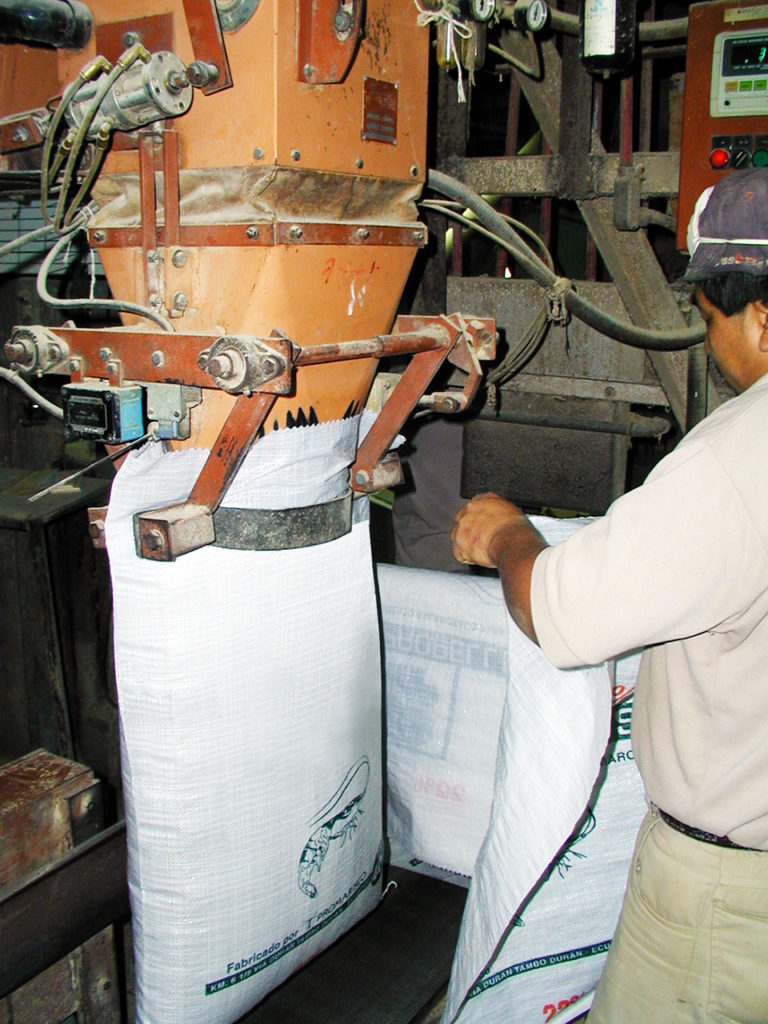
Aquafeeds
Mycotoxins in feed affect fish health, performance
Nutritious and cost-effective aquafeeds can be formulated using high levels of plant feedstuffs. However, this may increase the risk of exposure to mycotoxins.
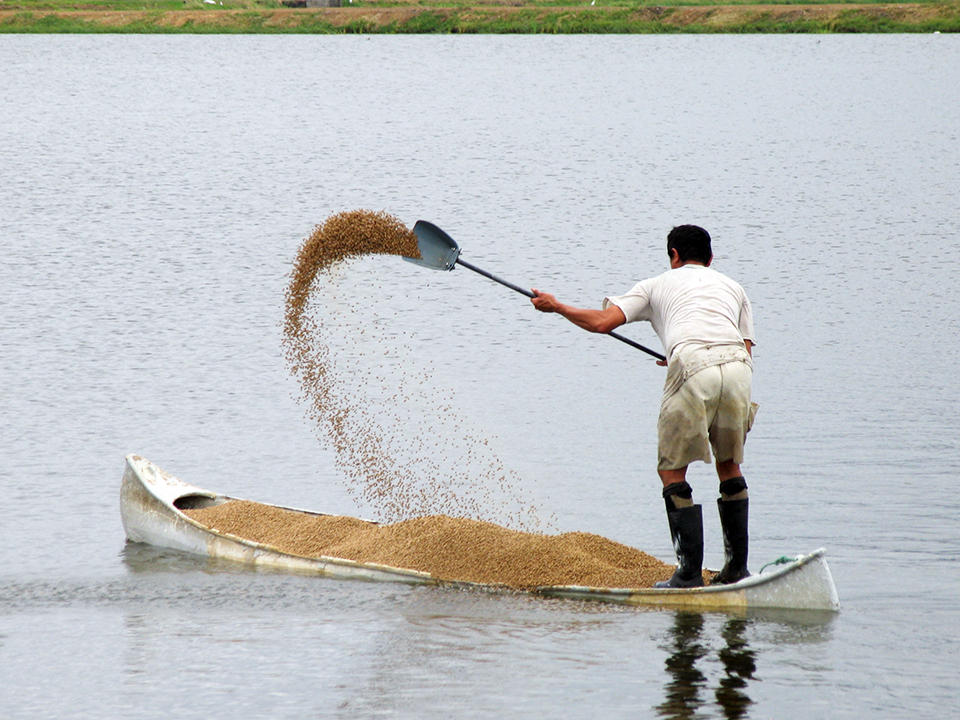
Aquafeeds
Changing the aquafeed paradigm
Change the aquafeed paradigm by viewing feed as an investment, instead of simply as a cost. This can result in greater profitability.
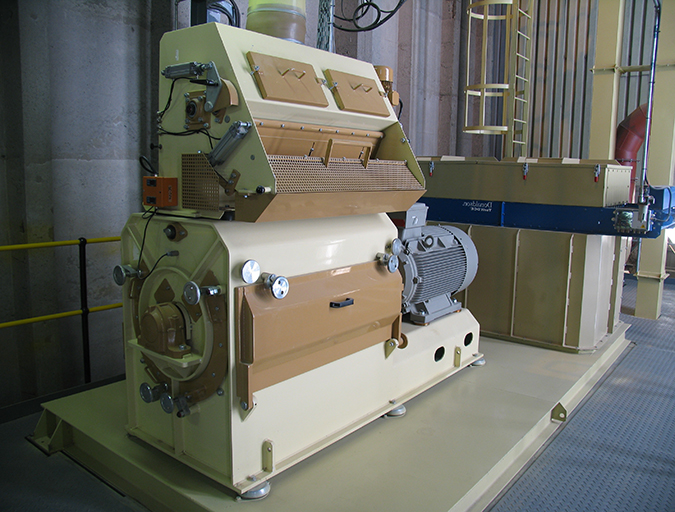
Aquafeeds
Optimizing crucial cost centers for shrimp feed manufacturing
Assuring that aquafeed ingredients are processed properly into a high-quality product requires monitoring each manufacturing process through the proper in-line quality assurance, to produce a consistent quality continuously.
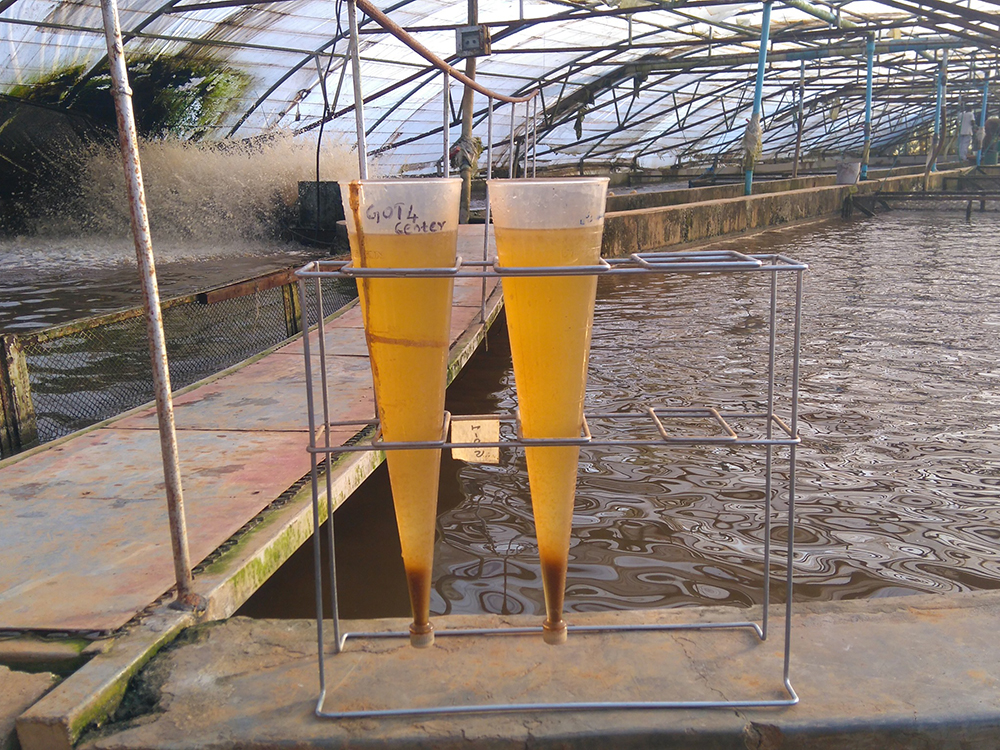
Responsibility
Optimizing tilapia biofloc technology systems, part 2
Chambo Fisheries, one of the world’s largest tilapia biofloc tank farms and the largest in Africa, has developed its own, on-farm production of specialized feeds and procedures to optimize feed applications and feeding rates.


